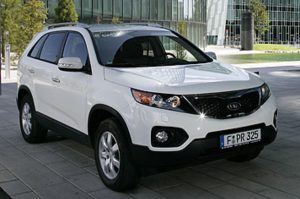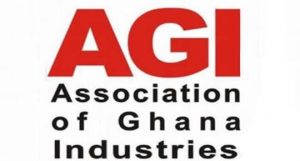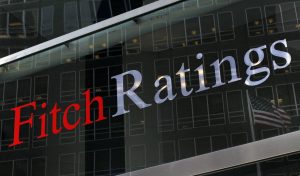Despite facing various global challenges, JSE-listed gold miner Gold Fields achieved a 7% year-on-year increase in attributable equivalent gold production for the quarter ended March 31.
While the 580 000 oz of gold produced in the quarter was 8% lower quarter-on-quarter, Gold Fields said it remained on track to achieve its full-year production guidance.
The South Deep mine, in South Africa, produced 78 000 oz of gold in the first quarter – a 31% year-on-year increase.
Production at Gold Fields’ Ghana mines, however, decreased by 5% year-on-year to 210 000 oz.
The Australian operations delivered a 10% year-on-year increase in output, at 258 000 oz, while the Cerro Corona mine, in Peru, produced 56 000 oz – a 21% year-on-year increase.
CEO Chris Griffith said on May 5 that the first quarter had been a challenging start to the year from a macro perspective.
“As we finally seemed to have overcome the worst of Covid‐19, the invasion of Ukraine by Russia has had a material impact. [In addition to] the devastation caused by . . . war, the world is being plagued with heightened inflation, driven by high oil and gas prices and, more broadly, higher commodity prices.
“While we expected the mining sector to be challenged by high inflation at the start of the year, the impact has been worse than initially expected,” he said.
Griffith noted that high commodity prices had driven inflation in energy costs, logistics and consumables.
However, the higher inflationary pressures were offset to some extent by higher‐than‐expected copper by‐product credit, he added.
Consequently, Gold Fields would leave its full-year cost guidance unchanged.
For 2022, attributable gold equivalent production, excluding the Asanko mine, in Ghana, is expected to be between 2.25-million and 2.29-million ounces, compared with the 2.25-million ounces produced in 2021.
Asanko is an equity accounted joint venture between precious metals producer Galiano Gold and Gold Fields.
Including Asanko, however, attributable gold equivalent production is expected to be between 2.29-million and 2.34-million ounces.
All-in-sustaining costs for the full-year are expected to be between $1 140/oz and $1 180/oz, with all-in costs (AIC) expected to be between $1 370/oz and $1 410/oz.
If the large project capital expenditure taking place at the Salares Norte project, in Chile, is excluded, AIC are expected to be between $1 230/oz and $1 270/oz.
RENEWABLE ENERGY
In terms of Gold Fields renewable energy efforts, Griffith noted that the South Deep mine’s 50 MW solar plant, in Gauteng, was on track for commissioning in the third quarter of the year, with installation of the 101 000 solar panels proceeding.
Nearly 240 people have been employed in the construction phase of the project, with black economic empowerment contractors carrying out most of the work.
After President Cyril Ramaphosa announced last year that the licensing exemption for distributed generation would increase to 100 MW, South Deep applied to the National Energy Regulator of South Africa (Nersa) for approval to increase its solar project output capacity to 60 MW.
South Deep obtained approval from Nersa in March.
Year-to-date expenditure on the plant amounted to R164-million, with the full-year expenditure expected to reach R554-million. Total expenditure to build and commission the plant is estimated at about R700-million.
Griffith said the construction of the plant was currently 9% behind plan, owing to global supply constraints and the need to secure shipping slots. However, he noted that the team remained confident that the plant would still come online in August to supply electricity as planned.
Meanwhile, at the Gruyere mine in Australia, the construction of a 12 MW solar plant and a 4.4 MW battery storage facility has been completed with the system now being performance tested and ramping up for commissioning, scheduled for June.
Gruyere is a 50:50 joint venture between gold production companies Gold Road and Gruyere Mining Company – a subsidiary of Gold Fields. Gruyere is the manager of operations at the mine.
SALARES NORTE
A protracted third wave of Covid-19 infections in Chile resulted in increased absenteeism and impacted on the Salares Norte project during the first quarter.
By the end of the quarter, the third wave had subsided and activity on the site increased.
Total project progress at the end of March was 70%, compared with 63% at the end of the fourth quarter of 2021.
The project remains on track for first gold at the end of the first quarter of 2023.






